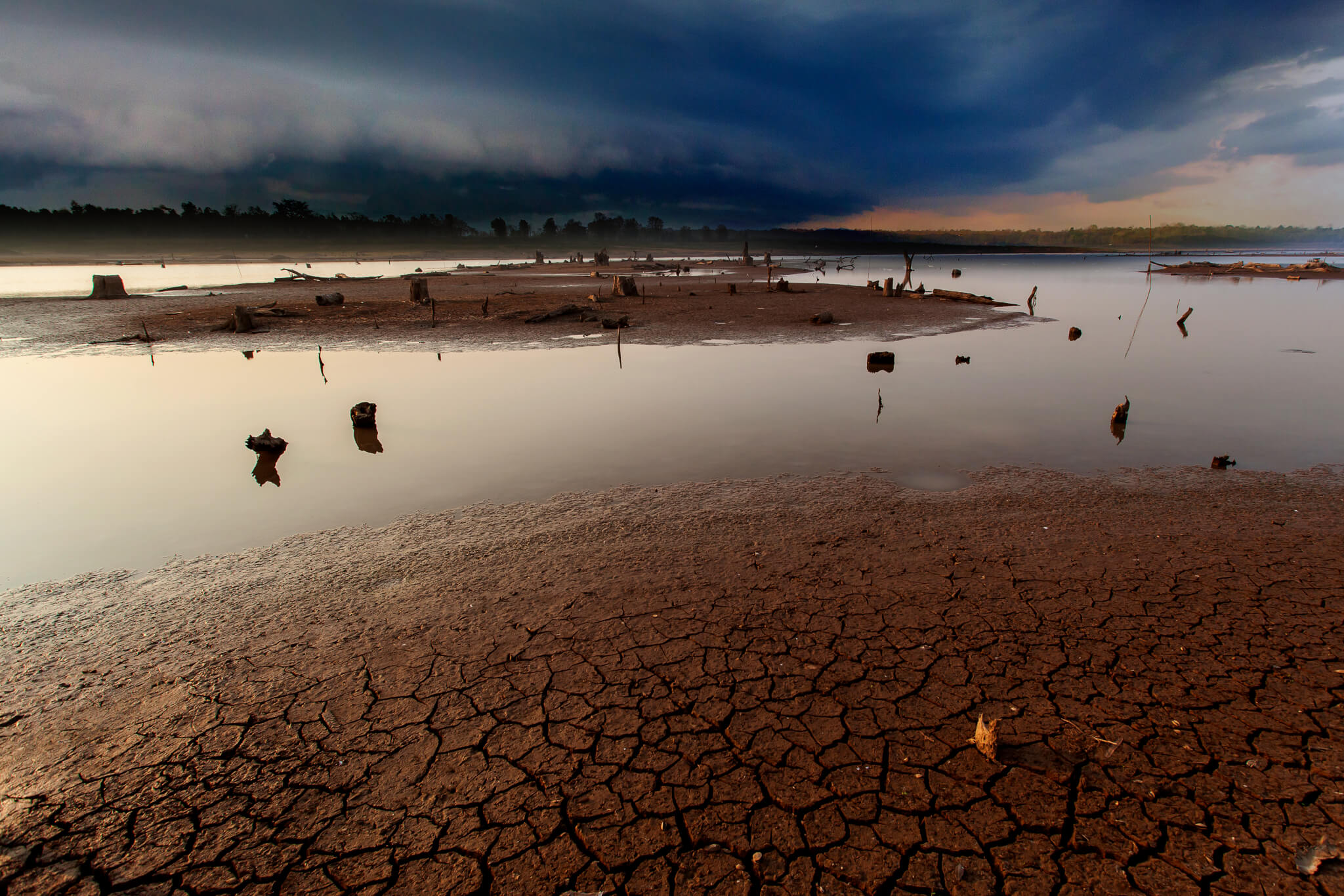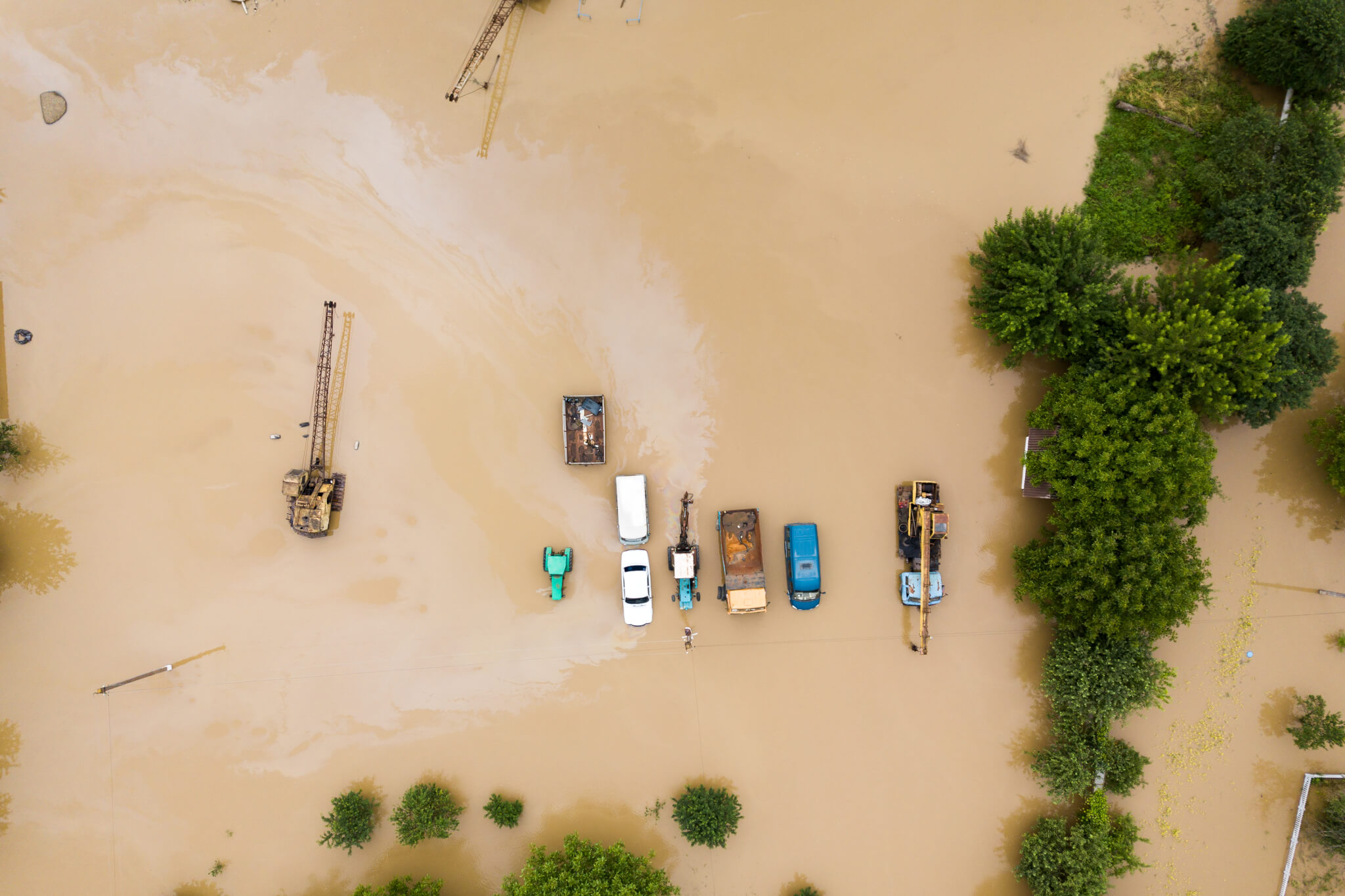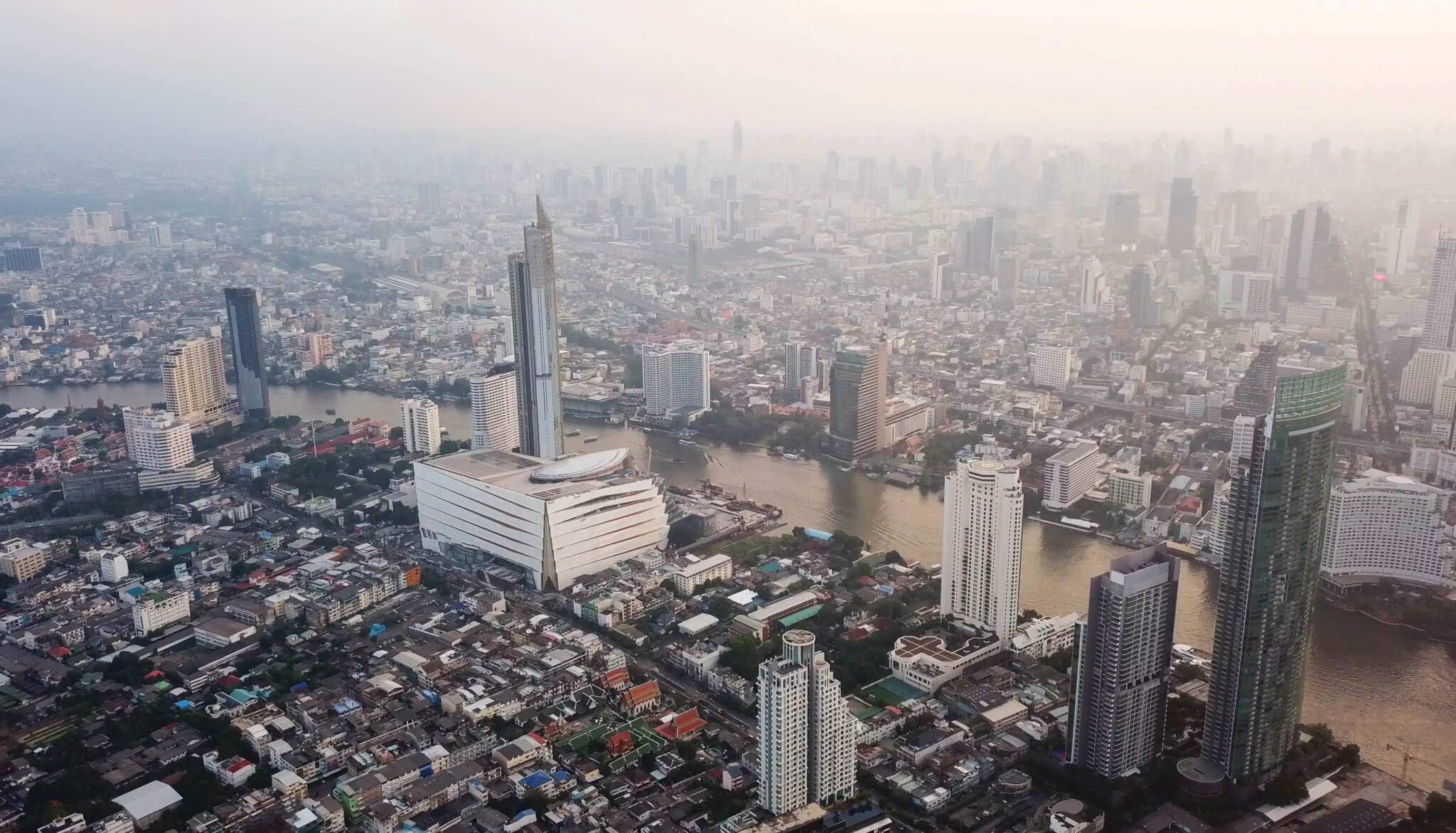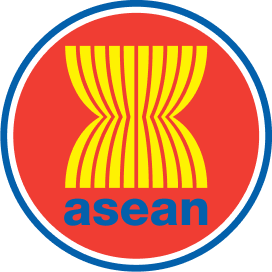Theme 2: Natural and Built Environment
Life at a Time of Climate Change: The Impacts of Climate Change on Human Development, Livelihoods and Sustainability
Overview
This section opens with a technical explanation of the meaning, drivers and impacts of climate change – and its significance for the ASEAN region. In particular it takes a close look at the drivers of sea-level rise, the current best estimates of rates of sea-level rise out to the end of this century, and the implications by country for some of the ASEAN member nations.

Key Findings

A net-zero global emissions policy is required
Climate change is unfolding rapidly, with background temperature rise already more than 1oC. A net-zero global emissions policy is required, requiring CDR strategy for removing greenhouse gases from the atmosphere. Responses from within ASEAN to this acute situation must be carefully considered, but not delayed.

All aspects of life and stability are affected by climate changes
Sea level rise poses a particular threat across the ASEAN region. Even if global CO2 emissions targets are enhanced and CDR successfully implemented, sea level rise to the end of the 21st century is locked in. Loss of land to permanent or annual flooding threatens food supply, sustainability of coastal cities and communities, demanding specifically planned adaptation measures once the detailed predictions are known.

Detailed data, models and scenarios are needed in order to understand the grass-roots picture across ASEAN.
City by city, and coastline by coastline, local detail will vary. Detailed forward looking studies are required; Foresight studies are recommended. In the first instance, Foresight studies would focus on sea-level rise, energy transition pathways and options, and on CDR enhancement. In each case studies would look in detail across the ASEAN region.












